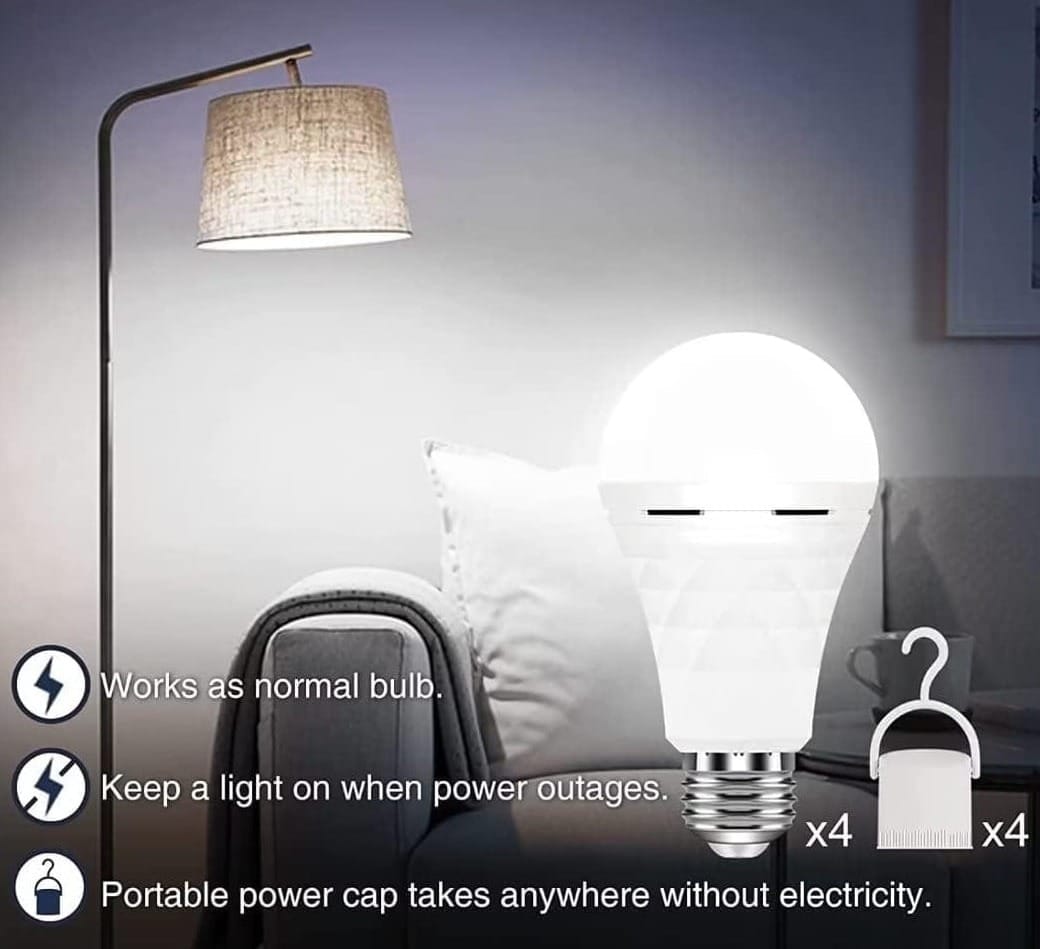Key Takeaways:
- Rechargeable light bulbs offer significant energy savings and environmental benefits.
- They are versatile and can be used in various settings, including during power outages.
- The initial cost is higher, but long-term savings and convenience make them a worthwhile investment.
Introduction to Rechargeable Light Bulbs

Rechargeable light bulbs have been making waves in the lighting industry, and for good reason. These innovative bulbs combine the energy efficiency of LED technology with the convenience of rechargeable batteries, offering a sustainable and cost-effective lighting solution. But are rechargeable light bulbs any good? Let's dive into the details to find out.
How Rechargeable Light Bulbs Work
Rechargeable light bulbs operate using a built-in battery that can be recharged through a standard electrical outlet. When the bulb is screwed into a fixture and the switch is turned on, it functions like a regular bulb. However, when the power goes out, the battery kicks in, providing light for several hours. This makes them incredibly useful during power outages.
The technology behind these bulbs is quite fascinating. Most rechargeable light bulbs use lithium-ion batteries, known for their long lifespan and reliability. These batteries can be recharged hundreds of times, making the bulbs a durable and long-lasting lighting option.
Energy Efficiency and Cost Savings
One of the most significant advantages of rechargeable light bulbs is their energy efficiency. LED technology, which is commonly used in these bulbs, consumes far less electricity than traditional incandescent bulbs. This translates to lower energy bills and significant cost savings over time.
While the initial cost of rechargeable light bulbs may be higher than regular bulbs, the long-term savings make them a smart investment. Consumers can save money on both their energy bills and the cost of frequently replacing burnt-out bulbs. In the long run, the cost savings can be substantial.
Environmental Impact
Rechargeable light bulbs are also environmentally friendly. By using less electricity, they reduce the demand on power plants, which in turn lowers greenhouse gas emissions. Additionally, the long lifespan of these bulbs means fewer bulbs end up in landfills, reducing waste.
The use of lithium-ion batteries in rechargeable light bulbs also has a positive environmental impact. These batteries are more efficient and have a longer lifespan than other types of batteries, reducing the need for frequent replacements and minimizing environmental harm.
Versatility in Various Settings
Rechargeable light bulbs are incredibly versatile and can be used in a variety of settings. They are perfect for outdoor activities like camping, where access to electricity may be limited. Simply charge the bulbs before your trip, and you'll have reliable lighting for hours.
These bulbs are also great for use in the home. Whether you need a living room lamp or a light for your outdoor patio, rechargeable light bulbs can provide the illumination you need without the hassle of extension cords or outlets. Their portability and ease of use make them a convenient lighting solution for any situation.
Battery Life and Recharging
Battery life is a crucial factor to consider when evaluating rechargeable light bulbs. Most of these bulbs can provide light for several hours on a single charge, making them reliable during power outages or outdoor activities. The exact battery life can vary depending on the bulb's brightness and usage.
Recharging these bulbs is super simple. Most rechargeable light bulbs can be charged using a standard electrical outlet. Some models even come with USB charging options, adding to their convenience. Regular recharging ensures that the bulbs are always ready to provide light when needed.
Compared to Traditional Bulbs
When comparing rechargeable light bulbs to traditional ones, several differences stand out. Traditional incandescent bulbs consume more electricity and have a shorter lifespan. They also generate more heat, which can be a concern in certain settings.
In contrast, rechargeable light bulbs are more energy-efficient and have a longer lifespan. They also produce less heat, making them safer to use in various fixtures and settings. The initial cost may be higher, but the long-term benefits make rechargeable light bulbs a superior choice.
Brightness and Light Quality
Brightness and light quality are essential factors to consider when choosing light bulbs. Rechargeable light bulbs, especially those using LED technology, offer excellent brightness and light quality. LEDs are known for their ability to produce bright, clear light that closely resembles natural daylight.
The light quality of rechargeable bulbs is often superior to that of traditional incandescent bulbs. LEDs provide consistent illumination without flickering, making them ideal for reading, working, or any activity that requires good lighting. The ability to adjust brightness levels in some models adds to their versatility.
Safety and Heat Emission
Safety is a critical consideration when it comes to lighting. Traditional incandescent bulbs can get very hot, posing a burn risk if touched. They can also be a fire hazard if placed near flammable materials. Rechargeable light bulbs, on the other hand, produce much less heat, making them safer to use.
The reduced heat emission of rechargeable light bulbs also means they are more energy-efficient. Less energy is wasted as heat, allowing more of it to be used for producing light. This efficiency contributes to lower energy bills and a reduced environmental footprint.
Smart Home Integration
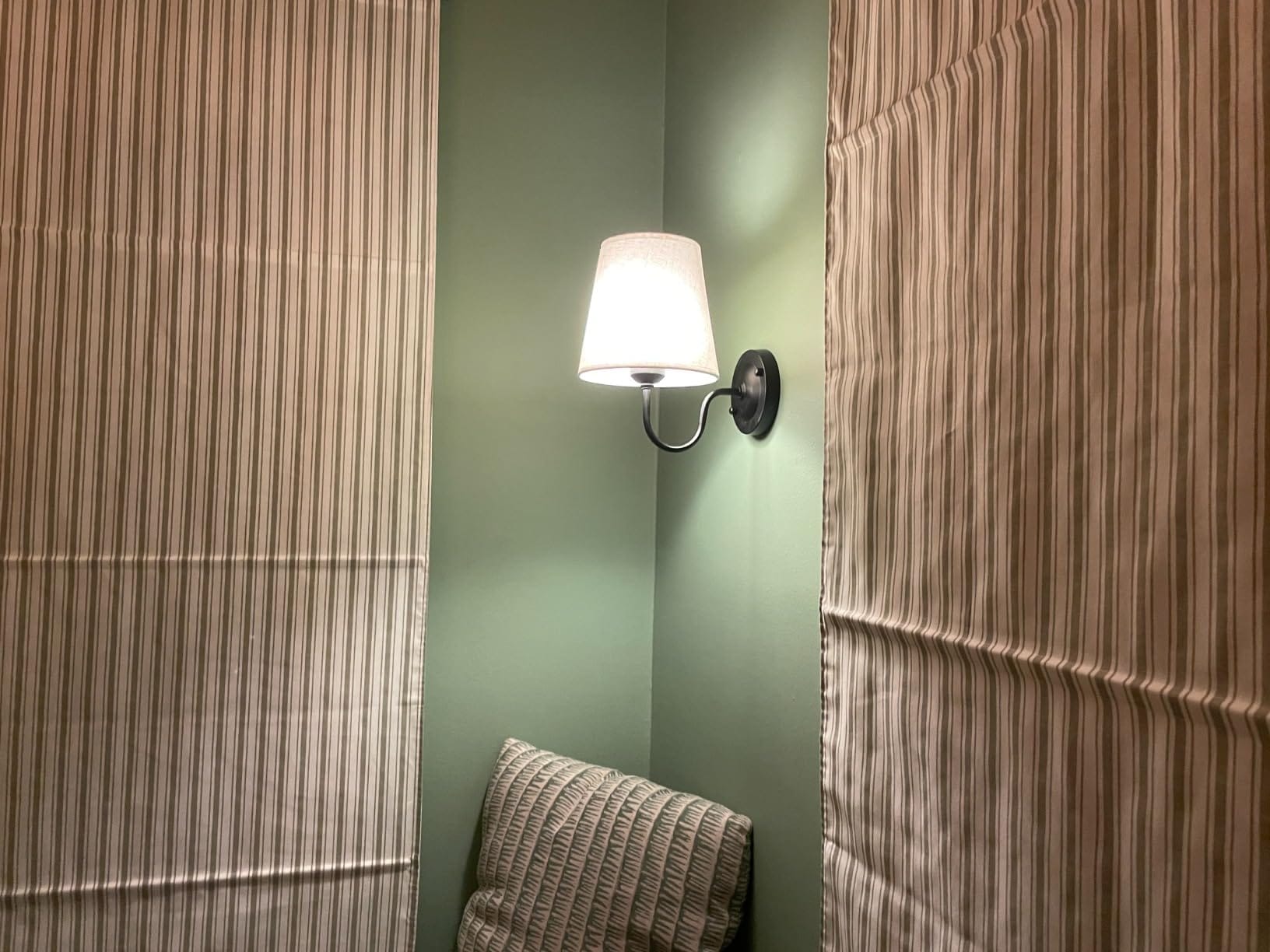

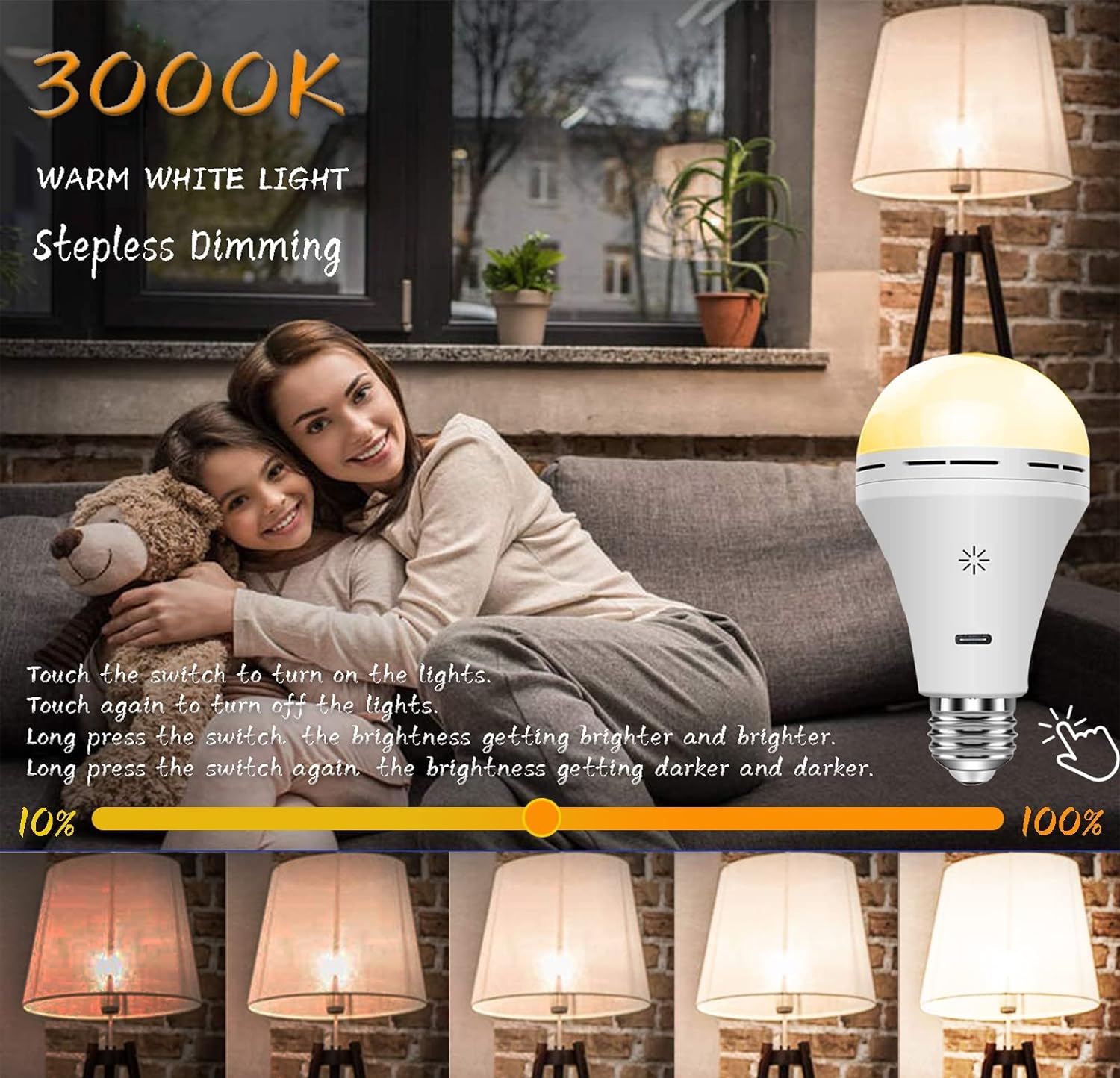
Imagine walking into your home, and your lights automatically adjust to your preferred brightness. Rechargeable light bulbs are worth considering for smart home enthusiasts. These bulbs, often equipped with light-emitting diode (LED) technology, can be integrated with smart home systems like Alexa or Google Home. This integration allows you to control your lighting through voice commands or smartphone apps, making your home not only energy efficient but also incredibly convenient.
For instance, you can set your rechargeable lighting to turn on at sunset or dim when it's time for bed. This level of control is not just cool but also practical. It can help you save on energy costs by ensuring lights are only on when needed. Additionally, many of these LED bulbs come with features like color-changing capabilities, adding a fun element to your home decor. Whether you're hosting a party or just want to relax, smart home integration with rechargeable light bulbs offers a seamless and enjoyable experience.
Smart Integration with Modern Devices
Rechargeable light bulbs are not just about saving energy; they also integrate seamlessly with modern devices. Imagine controlling your lighting through your smartphone or voice-activated assistants like Alexa or Google Home. This smart integration allows you to adjust brightness, set schedules, and even change colors without lifting a finger. It's a game-changer for those who love convenience and tech-savvy solutions.
Moreover, these bulbs can sync with other smart home devices, creating a cohesive and automated living environment. For instance, you can program your lights to dim when you start a movie or brighten when your alarm goes off. This level of control and customization makes rechargeable light bulbs worth every penny, enhancing your home's functionality and ambiance.
Practical Installation and Usage Tips
Installing rechargeable light bulbs is a breeze, but there are a few tips to ensure optimal performance. First, consider the placement of your bulbs. While they work well in standard fixtures, using an extension cord can help position them in hard-to-reach areas or unique setups. This flexibility allows you to light up spaces that traditional bulbs might miss, like under cabinets or in shaded corners.
Additionally, it's essential to understand the charging process. Most rechargeable bulbs can be charged directly from a wall outlet, making it easy to keep them powered up. However, always check the manufacturer's guidelines to avoid overcharging, which can reduce battery life. By following these simple tips, you can maximize the efficiency and lifespan of your rechargeable light bulbs, ensuring they remain a valuable addition to your home lighting system.
Outdoor and Emergency Uses
Rechargeable light bulbs are not just for indoor use; they shine brightly in outdoor and emergency scenarios as well. Picture a camping trip where you don't have to worry about extension cords or finding a power source. These bulbs, often powered by lithium-ion batteries, can provide reliable lighting for hours. They're perfect for outdoor activities like camping, hiking, or even backyard gatherings, offering a green and sustainable lighting solution.
In emergencies, such as power outages, rechargeable light bulbs can be a lifesaver. Unlike traditional bulbs, these LED lamps can continue to provide light even when the power goes out. Simply charge them beforehand, and you'll have a dependable light source ready to go. This makes them an excellent addition to any emergency preparedness kit. Whether you're dealing with a storm or a blackout, having rechargeable lighting on hand ensures you won't be left in the dark.
Convenience During Power Outages
One of the standout features of rechargeable light bulbs is their ability to provide light during power outages. When the power goes out, these bulbs automatically switch to battery power, ensuring that you are not left in the dark. This feature is particularly useful in areas prone to frequent power outages.
Having a reliable light source during power outages can be a game-changer. It allows you to continue with your activities without interruption and provides a sense of security. Rechargeable light bulbs are an essential addition to any emergency preparedness kit.
Cost Considerations
While the initial cost of rechargeable light bulbs may be higher than traditional bulbs, the long-term savings make them a worthwhile investment. The energy-efficient LED technology results in lower electricity bills, while the bulbs' long lifespan reduces the need for frequent replacements.
Consumers should also consider the cost savings during power outages. With rechargeable light bulbs, there is no need to purchase and replace disposable batteries or rely on expensive backup generators. The convenience and cost savings add up over time, making rechargeable light bulbs a smart financial choice.
Environmental Benefits
Rechargeable light bulbs offer several environmental benefits. By using less electricity, they help reduce the demand for power plants, which in turn lowers greenhouse gas emissions. The long lifespan of these bulbs also means fewer bulbs end up in landfills, reducing waste.
The use of lithium-ion batteries in rechargeable light bulbs further enhances their environmental benefits. These batteries are more efficient and have a longer lifespan than other types of batteries, reducing the need for frequent replacements and minimizing environmental harm.
Practical Examples and Case Studies
To illustrate the benefits of rechargeable light bulbs, let's look at a few practical examples. Imagine a family living in an area prone to frequent power outages. By using rechargeable light bulbs, they can ensure that their home remains illuminated during outages, providing safety and convenience.
Another example is a camping enthusiast who loves spending time in the great outdoors. Rechargeable light bulbs provide a reliable and portable lighting solution, eliminating the need for disposable batteries or cumbersome extension cords. These bulbs can transform the camping experience, making it more enjoyable and hassle-free.
Consumer Feedback and Reviews
Consumer feedback on rechargeable light bulbs has been overwhelmingly positive. Many users appreciate the energy savings and long lifespan of these bulbs. They also highlight the convenience of having a reliable light source during power outages and the environmental benefits of using less electricity.
Reviews often mention the superior brightness and light quality of rechargeable light bulbs compared to traditional ones. Users also appreciate the reduced heat emission, which makes these bulbs safer to use in various settings. Overall, consumer feedback supports the many advantages of rechargeable light bulbs.
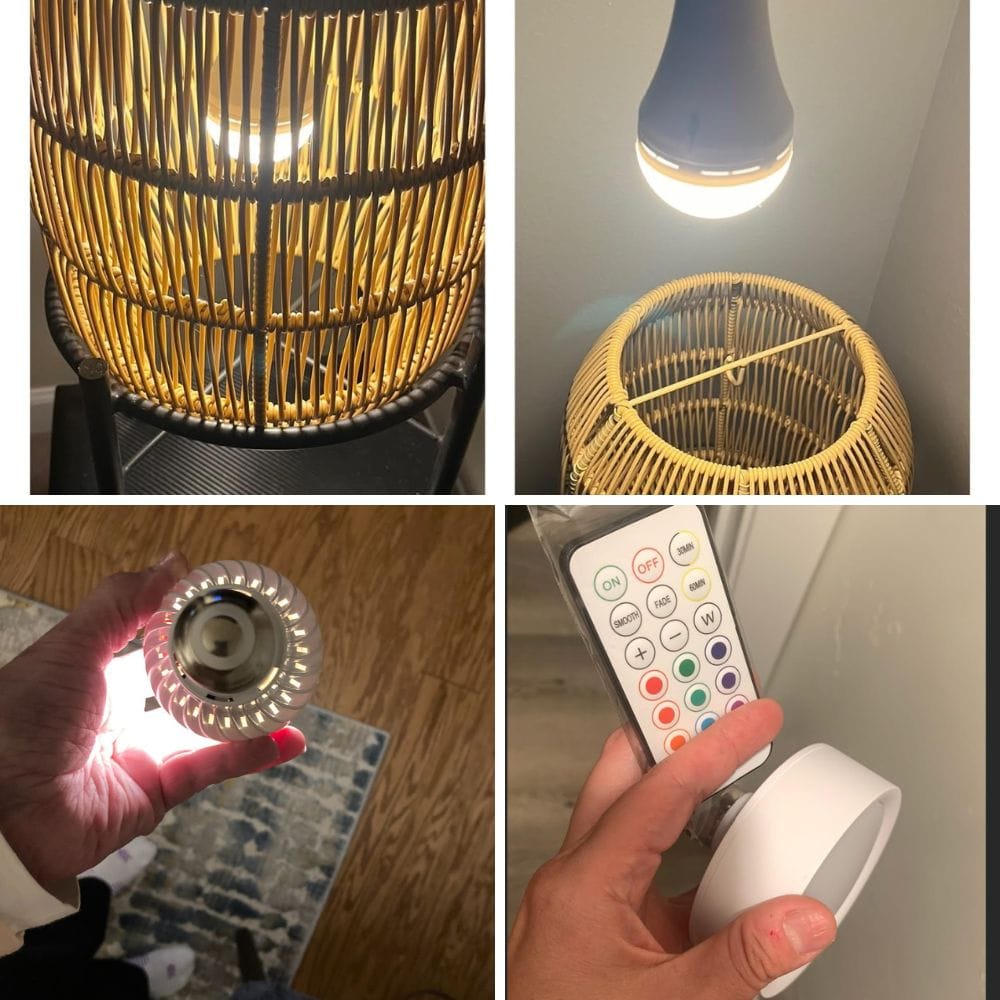
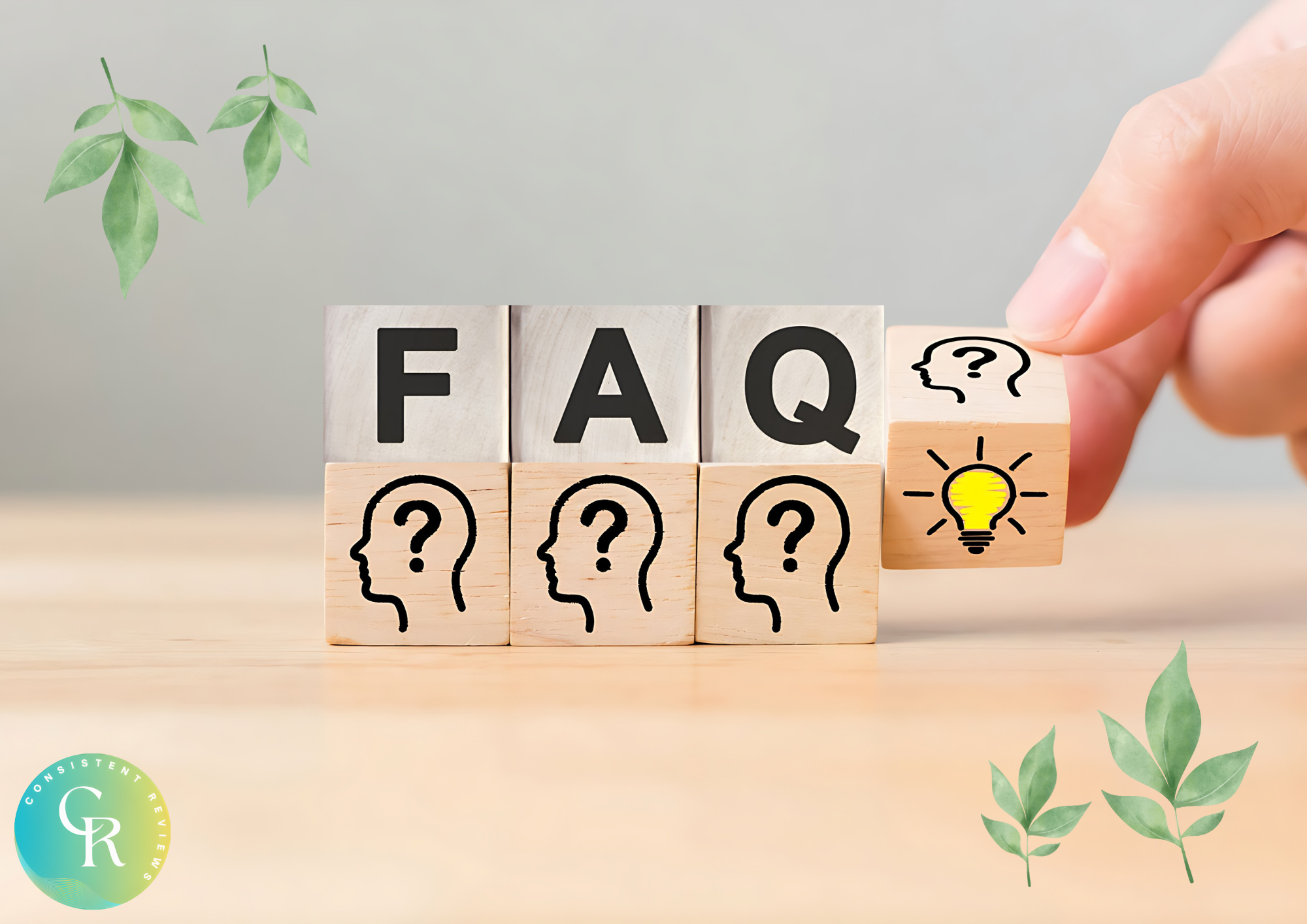
How long do rechargeable light bulbs last on a single charge?
Depending on the brightness and usage, rechargeable light bulbs can last several hours on a single charge. Most models provide light for 3-5 hours, making them reliable during power outages or outdoor activities.
Are rechargeable light bulbs safe to use?
Yes, rechargeable light bulbs are safe to use. They produce less heat than traditional incandescent bulbs reducing the risk of burns and fire hazards. The use of LED technology also ensures consistent and flicker-free illumination.
Can rechargeable light bulbs be used in any fixture?
Rechargeable light bulbs can be used in most standard fixtures. However, it's essential to check the bulb's specifications to ensure compatibility with your fixtures. Some models may have specific requirements for optimal performance.

Rechargeable light bulbs offer a host of benefits, from energy efficiency and cost savings to environmental friendliness and convenience during power outages. While the initial cost may be higher, the long-term savings and advantages make them a smart investment. Whether you're looking to reduce your energy bills, prepare for emergencies, or enjoy outdoor activities, rechargeable light bulbs are a versatile and reliable lighting solution.
